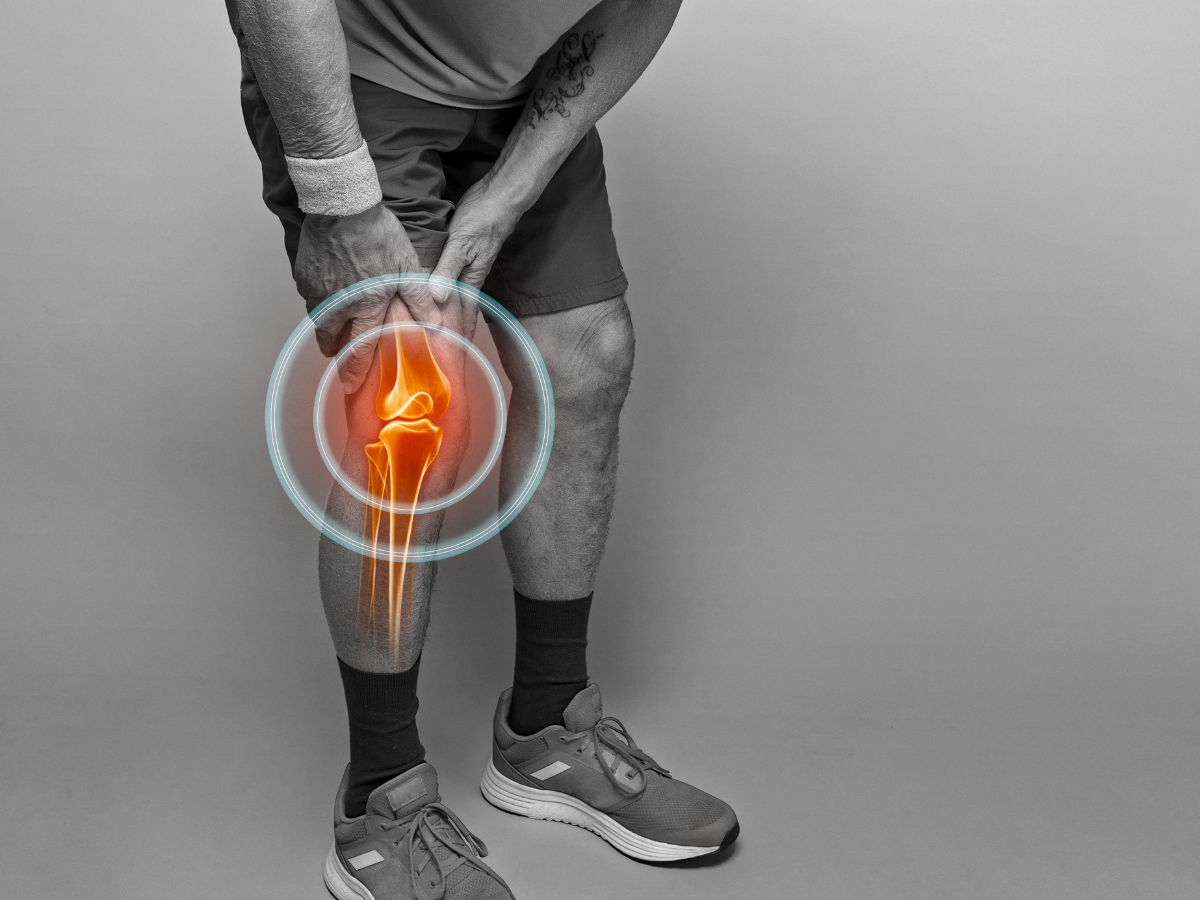
Knee Joint Instability Explained: Causes, Symptoms, Diagnosis, Risks & Recovery
The knee is an all-rounder joint which masterfully helps you walk, sit, run, jump and go about your life without any issues. It carries all your weight too, so it is super strong. It has many working parts, which means if there is some problem with any one or a few of them, you will need to bear the brunt of it- as it affects your ability to move freely and be independent. Joint instability of the knee happens when you feel like you may slip and fall because of poor balance, as the joint seems to shift from one side to the other. You may also observe strange clicking noises from the joint socket, which can be alarming. You will have chronic pain because of that and you may not be able to straighten your knees out at all.
Causes For Knee Instability
Knee instability can be caused due to degenerative conditions like osteoarthritis, rheumatoid arthritis, injury, due to mechanical failure of the moving parts or due to excessive wear and tear. Women in general are more likely to deal with knee instability if they are wide-set, though the same issue affects men who are overweight or carry more weight in the middle. There are 4 main ligaments that help support the knee, and any problem with one of them can cause knee instability. These ligaments can turn, twist or stop working normally and cause excruciating pain, causing the knee to bend in an awkward manner. The patella or knee cap can also come off from the socket and cause knee instability.
Symptoms And Diagnosis Of Knee Instability
Some common symptoms include popping and swaying of the joint and a general feeling of not being able to balance properly. For some people, it may be a constant issue due to the shape and structure of their joint itself. For others, this instability can come from injuries or other diseases. Whatever the cause, the end result is that you are at risk of falling or breaking major bones. Knee instability is normally diagnosed with detailed physical examinations, x-rays and using an arthroscope- which is a thin tube mounted with a camera on one end, that can be sent into your knee joint to visualize it better.
How Knee Replacement Surgery Can Help With Joint Instability Issues
If knee instability and chronic pain make your life miserable and don’t allow you to do anything peacefully in life, your doctor may recommend surgery as a possible option. Knee replacement surgery is a kind of arthroplastic surgery where parts of the knee joint or the whole are surgically removed and then replaced with artificial implants. Surgery may be really helpful for you when all other pain management measures have failed to work for you. Total knee replacement is more often done than partial knee replacement surgery as the implant may not integrate well with your natural joint components, leading to the requirement of further revision surgeries. But, with better implants being developed these days, this issue can also be mitigated.
Robotic knee replacement surgery is an increasingly popular choice these days as there is low margin of error, leading to smaller incisions and better healing outcomes.
SBJI is the best knee replacement hospital in Hyderabad, as we have an experienced team of doctors and surgeons who will diagnose your problem accurately and then provide effective solutions- which may be surgical or non-surgical in nature. Surgery with state of the art equipment ensures that your prognosis is good and you heal very well. We offer total knee replacement surgery, partial knee replacement surgery, minimally invasive surgical treatments and robotic knee replacement surgery wherever needed. Recovery after surgery depends not only on rest but proper physical therapy and rehab, which will be provided by the hospital. Consult our specialists if you have any joint related queries or conditions today!
Frequently Asked Questions
The feeling of the knee joint giving away, not being able to balance or carry body weight effectively is called joint instability of the knee.
Injuries, different types of arthritis, anatomical and structural defects of the joint socket itself and excessive wear and tear due to old age can cause joint instability of the knee.
It can be treated with non-surgical and surgical methods. Often, non-surgical methods may not work and then surgery is the only feasible option left. Knee replacement surgery- either total or partial can be done as needed using traditional or minimally invasive methods.
If you have tried braces, RICE, massage and physical therapy, and they don’t work at all, then surgery may be the only option you have left to try. Plus, waiting too long can cause other issues, so getting timely surgery is also important.
You will recover within 3-6 months and be able to get back to a version of your daily routine. For full recovery, you will take about a year or longer in some cases.

